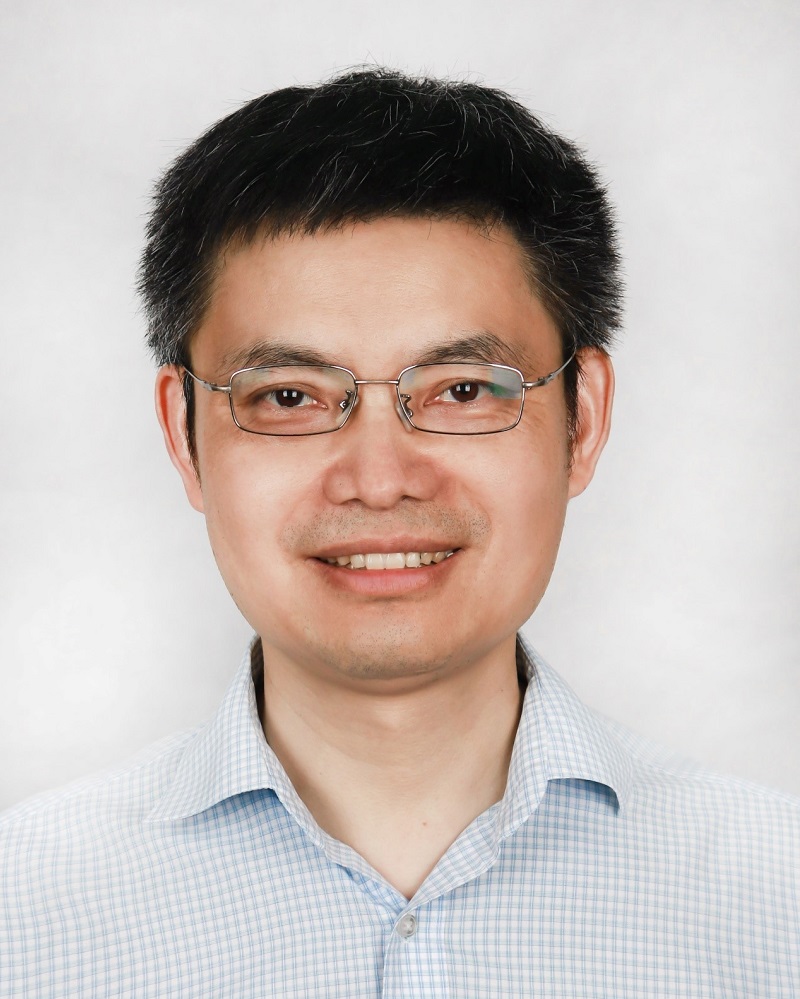


A novel, validated, eco-friendly, and cost-effective rp-HPLC method for the determination of alginic acid content in seaweed, seaweed formulations, and other higher plant extracts
Vol 4, Issue 1, 2023
VIEWS - 6246 (Abstract)
Download PDF
Abstract
Alginic acid products are widely used in all fields, and the main source of alginic acid is seaweed. Alginic acid varies in various varieties of seaweed, plant parts, season to season, and the temperature of the water in which it is grown. The content of alginic acid also varies from manufacturer to manufacturer, as it depends on the process of extraction. No full-proof method for quantification is available. As alginic acid became a point of concern for regulators, a robust method for quantifying alginic acid became a prime requirement. As seaweed is only considered a source of alginic acid, essential amino acids, and nonessential amino acids, other sources need to be identified to overcome future needs and maintain biodiversity. The author succeeds in identifying another source of alginic acid, nutrients, and amino acids, i.e., Chromolaena odorata leaf extract, which contains about 5 to 6% alginic acid and 30 to 40% amino acids and proteins. A novel RP-HPLC method was found to be simple, suitable, and robust for the determination of alginic acid content in seaweed extract, its formulations, and also in phytoextracts (Chromolaena odorata leaf extract). The alginic acid content in seaweed and the formulated product quantified shows 10.05 ± 0.1% and 1.0 ± 0.03%, respectively, and is in close agreement with the declared content. Various authors have used gravimetric, colorimetric, titrimetric, and HPLC methods, each with their own limitations. The novel method is simple in terms of sensitivity, eco-friendly mobile phase, regular HPLC column and detector, lowest retention time (rapid analysis), and no internal standard required.
Keywords
References
- Pereira L, Cotas J. Introductory chapter: Alginates—A general overview. In: Pereira L (editor). Alginates - Recent Uses of This Natural Polymer. IntechOpen; 2020. doi: 10.5772/intechopen.88381
- Rashedy SH, Abd El Hafez MSM, Dar MA, et al. Evaluation and characterization of alginate extracted from brown seaweed collected in the red sea. Applied Sciences 2021; 11(14): 6290. doi: 10.3390/app11146290
- de Castro VA, Duarte VGO, Nobre DAC, et al. Plant growth regulation by seed coating with films of alginate and auxin-intercalated layered double hydroxides. Beilstein Journal of Nanotechnology 2020; 11: 1082–1091. doi: 10.3762/bjnano.11.93
- Cotas J, Pacheco D, Gonçalves AMM, et al. Seaweeds’ nutraceutical and biomedical potential in cancer therapy: A concise review. Journal of Cancer Metastasis and Treatment 2021; 7: 13. doi: 10.20517/2394-4722.2020.134
- Lagopati N, Pavlatou EA. Advanced applications of biomaterials based on alginic acid. American Journal of Biomedical Science & Research 2020; 9(1): 47–53. doi: 10.34297/ajbsr.2020.09.001350
- Vijayaraghavan G, Shanthakumar S. Efficacy of alginate extracted from marine brown algae (Sargassum sp.) as a coagulant for removal of direct blue2 dye from aqueous solution. Global NEST Journal 2015; 17(4): 716–726. doi: 10.30955/gnj.001735
- Ertani A, Francioso O, Tinti A, et al. Evaluation of seaweed extracts from Laminaria and Ascophyllum nodosum spp. as biostimulants in Zea mays L. Using a combination of chemical, biochemical and morphological approaches. Frontiers in Plant Science 2018; 9. doi: 10.3389/fpls.2018.00428
- Kumar S, Sahoo D. A comprehensive analysis of alginate content and biochemical composition of leftover pulp from brown seaweed Sargassum wightii. Algal Research 2017; 23: 233–239. doi: 10.1016/j.algal.2017.02.003
- Usov AI. Alginic acids and alginates: Analytical methods used for their estimation and characterisation of composition and primary structure. Russian Chemical Reviews 1999; 68(11): 957–966. doi: 10.1070/rc1999v068n11abeh000532
- Valverde S, Williams PL, Mayans B, et al. Comparative study of the chemical composition and antifungal activity of commercial brown seaweed extracts. Frontiers in Plant Science 2022; 13. doi: 10.3389/fpls.2022.1017925
- Awad H, Aboul-Enein HY. A validated HPLC assay method for the determination of sodium alginate in pharmaceutical formulations. Journal of Chromatographic Science 2012; 51(3): 208–214. doi: 10.1093/chromsci/bms129
- Owlia P, Souri E, Behzadian-Nejad Q. Novel high-performance liquid chromatography method for detection of alginate in pseudomonas aeruginosa. Iranian Journal of Pathology 2007; 2(3): 105–108.
- Jayabarath J, Jeyaprakash J. HPLC profiling of brown seaweeds (Turbinaria conoides). International Journal of Latest Engineering Management Research 2017; 2(9): 75–78.
- Center for Drug Evaluation and Research, U.S. Food and Drug Administration. Reviewer Guidance, Validation of Chromatographic Methods. Center for Drug Evaluation and Research, U.S. Food and Drug Administration; 1994.
- European Commission Directorate General Health and Consumer Protection. Technical active substance and plant protection products: Guidance for generating and reporting methods of analysis in support of pre- and post-registration data requirements for Annex (Section 4) of Regulation (EU) No 283/2013 and Annex (Section 5) of Regulation (EU) No 284/2013. Available online: https://food.ec.europa.eu/system/files/2019-03/pesticides_ppp_app-proc_guide_phys-chem-ana_3030.pdf (accessed on 2 March 2023).
- ICH Expert Working Group. ICH Harmonised tripartite guideline: Validation of analytical procedures: Text and methodology Q2(R1). Available online: https://database.ich.org/sites/default/files/Q2%28R1%29%20Guideline.pdf (accessed on 2 March 2023).
Supporting Agencies
Copyright (c) 2023 Tanaji Shivaji Bhagat
License URL: https://creativecommons.org/licenses/by/4.0/

This site is licensed under a Creative Commons Attribution 4.0 International License (CC BY 4.0).

Prof. Zhengjun Qiu
Zhejiang University, China

Cheng Sun
Academician of World Academy of Productivity Science; Executive Chairman, World Confederation of Productivity Science China Chapter, China
Indexing & Archiving
In the realm of modern agriculture, the integration of cutting-edge technologies is revolutionizing the way we approach sustainable farming practices. A recent study published in Advances in Modern Agriculture titled "Classification of cotton water stress using convolutional neural networks and UAV-based RGB imagery" has garnered significant attention for its innovative approach to precision irrigation management. Conducted by researchers from Institute of Data Science and the AgriLife Research and Extension Center of Texas A&M University (authors's information is below). This study introduces a novel method for classifying cotton water stress using unmanned aerial vehicles (UAVs) and convolutional neural networks (CNNs), offering a powerful solution for optimizing water use in agriculture.
Modern agricultural technology is evolving rapidly, with scientists collaborating with leading agricultural enterprises to develop intelligent management practices. These practices utilize advanced systems that provide tailored fertilization and treatment options for large-scale land management.
This journal values human initiative and intelligence, and the employment of AI technologies to write papers that replace the human mind is expressly prohibited. When there is a suspicious submission that uses AI tools to quickly piece together and generate research results, the editorial board of the journal will reject the article, and all journals under the publisher's umbrella will prohibit all authors from submitting their articles.
Readers and authors are asked to exercise caution and strictly adhere to the journal's policy regarding the usage of Artificial Intelligence Generated Content (AIGC) tools.
Asia Pacific Academy of Science Pte. Ltd. (APACSCI) specializes in international journal publishing. APACSCI adopts the open access publishing model and provides an important communication bridge for academic groups whose interest fields include engineering, technology, medicine, computer, mathematics, agriculture and forestry, and environment.



.jpg)
.jpg)

.jpg)
